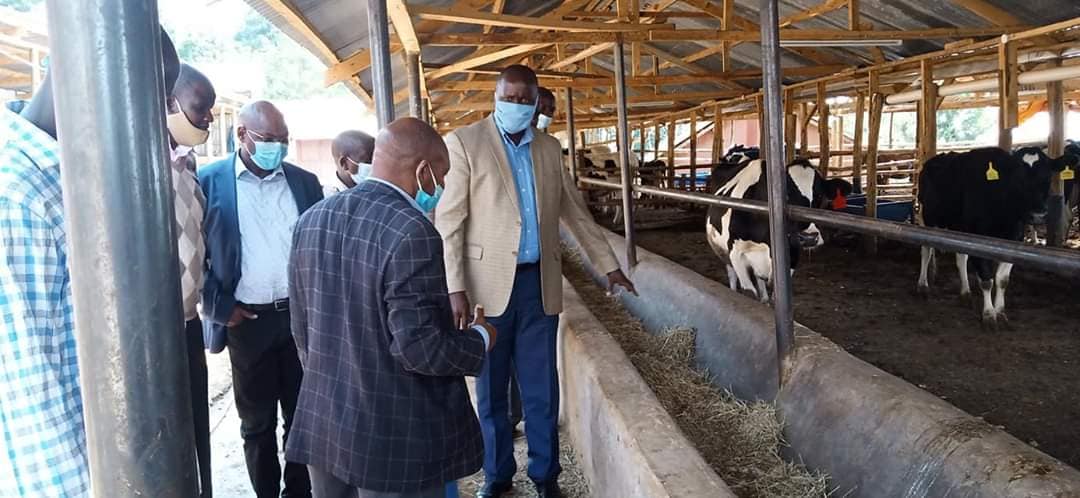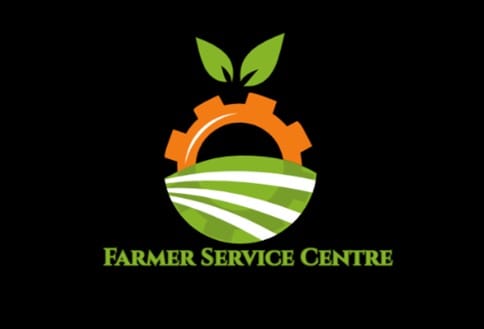
By George Munene
Nutrifeed forage pearl millet is a drought-tolerant, rich in protein fodder supplement that is new to the Kenyan market and has shown to improve milk quality and production by up to 30 per cent.
Developed by Advanta, a specialized dairy cattle feed research company, the forage pearl millet contains between 16-20 per cent protein content— in line with other sources of high protein content forage. “In a feeding test we conducted at Joy Farm, Lanet, we observed an increase in milk output for most cows, one moving from an output of 12 liters to between 16-18 liters daily in just two weeks,” explains Mark Kandie, Advanta’s sales representative for the Central and Rift regions.
While it grows across all regions, forage pearl millet is particularly engineered to offer farmers in arid and semi-arid regions a high protein supplement previously unavailable to them.
“The crop does well under adverse conditions. In a demo we conducted at Elda Maravin we were able to obtain two crop cuttings between October and March with a little watering at planting and it having rained just once. The same is true in Kitui, where with just one rain a farmer obtained five cuts.
For small- and large-scale farmers who have tried lucerne or Brachiaria and they have not worked for them I would advise that they consider forage pearl millet as it is a low-cost alternative that gives their animals a similar protein content,” Kandie counsels.
Related News: Kericho farmer builds model dairy unit milking 520 litres daily
Related News: Livestock consultant introduces milk booster increasing output by 7L
In terms of milk quality, the butterfat content in milk also increases when cows are fed on forage pearl millet. For a trial experiment, a cheese maker in Central was able to reduce the amount of milk used to produce one kilogram of his cheese from 18 liters to 12 liters by using it as a fodder supplement.
Forage pearl millet is meant to be fed as a supplement in portions of 15-30 kilograms depending on the cow's stage of lactation. It is not meant to be a full meal. It is a high-energy source containing 10 millijoules of energy per kilogram. An acre of the crop can produce up to 40MT of highly palatable animal fodder.
It takes longer to develop in areas that are wet and cold than it does in drier areas. It is also established by direct seeding with minimal agronomic maintenance required. This makes it a low-cost alternative in both time and money.
Brachiaria grass often requires to first be established in a nursery before acquiring the splits for planting; a tedious process for most farmers. Lucerne, another high protein source, needs a lot of watering, making it out of the reach of most arid farmers, as well as demanding close management. Forage pearl millet gives livestock similar protein content at a fraction of these costs.
It can be fed as chopped green fodder ensuring it is wilted for at least an hour, is excellent in silage production and can also be baled into hay. The crop can also be fed as pasture, as is the case currently for range farmers in Narok, Kandie points out.
Forage pearl millet can be grown in most soil types given they are well-drained and not acidic or saline. The optimum growing pH ranges from between 5.5-7. Farmers in tea-growing regions should lime and manure their soils to reduce acidity levels.
The fodder matures in just two months and under the right agronomic management up to four cuttings are possible in a year while a single crop can last on the farm for two years. At this point, fresh seeding is required as it cannot be replanted through splits
The crop is established similar to other cereals such as finger millet or oats. Rows are spaced 30cm apart while plants are spaced 10cm apart. Three kilograms of seed caters to an acre with a kilogram of seed costing between Sh2000 and1600. The planting area should be well harrowed as its seeds are very small. Manure and any recommended fertiliser should be incorporated at planting with top dressing done in the third week. CAN/Urea or any other appropriate top-dressingfertiliser should be applied after every cutting to ensure the crop regenerates and ratoons adequately.
Related News: Vet soars in goat milk sales by cracking marketing and logistics
Related News: Farmers suffer milk collapse on changing cows’ environment
It is critical to especially control for broadleaf weeds at every stage of the fodder’s growth. Glyphosate should be used to eradicate weeds before sowing, while BASF’s Stomp herbicide is recommended before germination. At the post-emergence interval (after germination) Buctril/Ariane herbicides are used.
Pesticides that farmers should worry about are shore flies, stem borers, and fall armyworms. To control these, you should scout your fields checking for the intensity of infection and spray if needed. Alternatively, pesticide application every 14 days heads off any chance of infection.
At harvesting, it is advised that stems are cut 6-8 inches above the ground to aid in ratooning and tillering.
Pearl millet is best fed to animals at its flowering or tasseling stage, day 45 to 60 when the protein content is at its highest.
Forage pearl millet has the added advantage of containing no toxic levels of prussic acid poisoning. Prussic acid poisoning is more common in forage sorghums planted under arid conditions and fed as green chop.It results in death when livestock are fed on plants that are either very young or stunted by drought.
Mark Kandie, Advanta sales representative for Central and Rift regions: 0725595476
Where to purchase forage pearl millet across different regions:
Mombasa/Nairobi-Felix Jomo on 0703 879082
Eastern & Central-Alex Njagi on 0725513418
Kinangop-Dan on 0724559471
Eldoret-MerryChem Agrovet
Kitale-CheraVet or KFA
Kericho-Tulwet Farmers Agrovet
Kakamega/Kitale/Kisii-Nelson Sumba on +254 722 946776
Kiambu-Alex on +254 725 513418
Nakuru-Agri-world, Menengai or Meya Agri-Traders
Write comment (0 Comments)



 Government officials at Peter Chirchir's farm
Government officials at Peter Chirchir's farm











